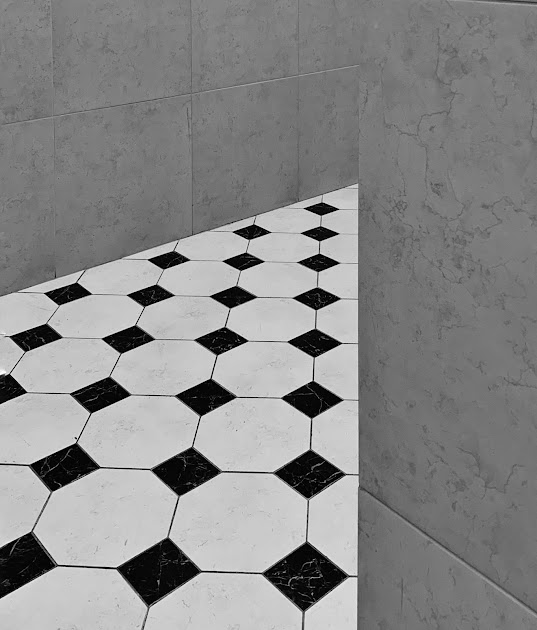Art of Tile Design: A Fusion of Aesthetics and Functionality
Introduction:Tile design is an integral part of interior and exterior decor, offering a harmonious blend of aesthetic appeal and functional benefits. From ancient civilizations to modern architectural marvels, tiles have adorned spaces, leaving an indelible mark on the history of design. The art of tile design has evolved significantly over time, reflecting cultural, technological, and artistic developments. This article explores the rich history of tile design, its significance in contemporary spaces, and the fusion of creativity and functionality that defines this captivating art form.
Historical Roots of Tile Design:The origins of tile design can be traced back to ancient civilizations such as Mesopotamia, Egypt, and the Indus Valley, where they were used to embellish palaces, temples, and public spaces. Early tiles were typically made of clay and adorned with simple geometric patterns and symbolic motifs, reflecting the artistic sensibilities and cultural expressions of the time.
Islamic tile work, notably during the golden age of Islamic art, saw the emergence of intricate geometric designs and calligraphic patterns, often inspired by Islamic beliefs and teachings. This period marked a significant shift in tile design, with an increased emphasis on mathematical precision and meticulous craftsmanship.
Renaissance and Beyond:The Renaissance era witnessed a resurgence of interest in classical art and architecture, leading to the revival of ancient Roman and Greek tile designs. Richly detailed tiles were used to create elaborate mosaics, adorning the floors and walls of cathedrals, palaces, and public buildings. This era emphasized the fusion of art and architecture, with tiles becoming an integral part of the overall design concept.
Industrial Revolution and Technological Advancements:The Industrial Revolution brought about groundbreaking changes in tile production. Mass production techniques allowed for the creation of more affordable and accessible tiles, making them available to a broader range of people. This era also marked the introduction of new materials such as ceramic and porcelain, which offered increased durability and versatility in design.
Modern Tile Design Trends:In the 20th century, modernism and Art Deco movements influenced tile design, emphasizing clean lines, bold geometric shapes, and abstract patterns. The Bauhaus school played a crucial role in promoting functionalism in design, with tiles being incorporated into various functional spaces like kitchens and bathrooms.
Contemporary tile design showcases a diverse range of styles, catering to individual tastes and interior design preferences. From minimalist and Scandinavian-inspired aesthetics to bohemian and Moroccan influences, tiles have transcended mere decorative elements to become central design features that define the character of a space.
Fusion of Aesthetics and Functionality:Tile design today is a perfect harmony of aesthetics and functionality. Modern technologies have revolutionized the industry, allowing for intricate and detailed designs to be digitally printed on tiles, creating visually stunning masterpieces. Artists and designers have the freedom to experiment with colors, textures, and patterns, resulting in a vast array of choices to suit every design vision.
Functionality-wise, tiles offer numerous advantages. They are easy to clean, durable, and resistant to moisture, making them ideal for areas prone to high humidity, such as bathrooms and kitchens. Moreover, tiles can be used to enhance the thermal properties of a space, making them an eco-friendly option.
Innovative applications of tile design have extended beyond traditional interior spaces. Contemporary architecture frequently employs tiles in exterior facades, adding a modern touch while providing practical benefits like insulation and protection from weather elements.




























0 Comments